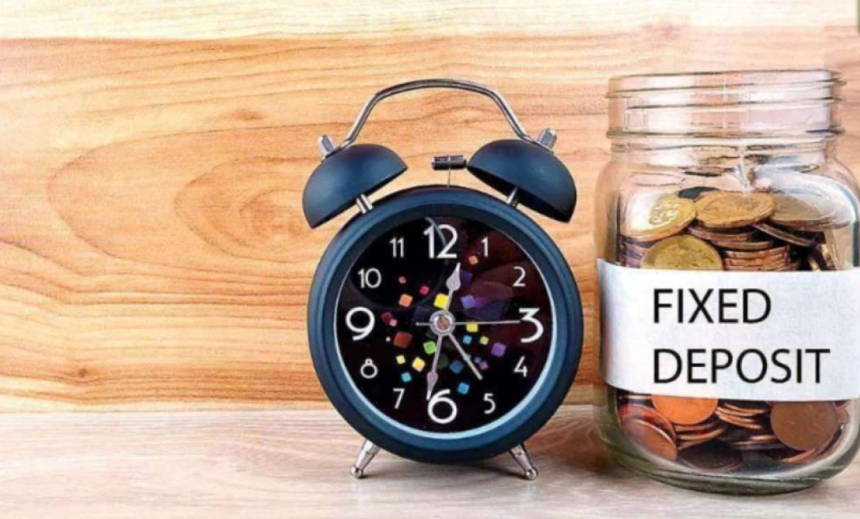Fixed deposits are a popular choice among individuals who want a secure investment option with guaranteed returns. Banks offer these low-risk investments. However, the interest rates on fixed deposits are subject to change. In this article, we aim to explain the reason behind these fluctuations and how it can impact your savings.
Why do FD Rate Cuts Fluctuate?
When the economy is facing high inflation, the Reserve Bank of India (RBI) often takes action to control the credit available in the country by implementing a tight monetary policy. One way the RBI does this is by increasing the repo rates, which are the rates at which the central bank loans money to other banks. As a result, banks raise their fixed deposit rates.
The RBI also has the ability to impact interest rates through the Cash Reserve Ratio (CRR), which determines the amount of money that commercial banks are required to keep with the central bank. A reduction in the CRR can increase liquidity in the system and ultimately affect interest rates on fixed deposits. While changes in the repo rate and CRR primarily affect home loans, they can also lead to adjustments in fixed deposit interest rates. Some banks may decrease the interest rates on fixed deposits for certain maturity terms.
Factors Which Impact FD Rate Change
1. Changes in Repo Rates
Deposit rates, or the interest you earn on the money you deposit in a bank, are connected to the rate of inflation. Banks are supposed to provide their depositors with a positive return. Investors should keep an eye on the inflation rate, as it influences lending rates. However, even if high inflation results in negative returns for depositors, banks might not increase deposit rates to avoid hurting their profits.
2. Sufficient Liquidity
Banks don’t always need to use the money deposited by individuals in retail fixed deposits to maintain their financial stability. If there is enough liquidity available, they don’t have to rely on these deposits. However, during times when liquidity is tight, banks may use the money in retail fixed deposits to help stabilize their position.
3. Credit Demand
Banks use deposit interest rates as a tool to attract more depositors and balance the supply and demand of credit. When the demand for credit is high, meaning there are more borrowers than there is available credit, banks will increase deposit interest rates to incentivize more people to deposit their money with the bank.
This increased supply of funds allows banks to provide more loans and meet the high demand for credit. This helps to maintain a balance between the supply of funds and the demand for credit and ensures that the bank remains stable. Hence, when credit demand is high, banks will increase deposit interest rates to attract more deposits and maintain stability.
4. Call Money
Banks use a tool called call money to balance their assets and liabilities. They do this to make sure they meet the required reserve levels set by the central bank, as well as to meet any sudden changes in the demand and supply of funds. When there is a shortage of funds in the market, call money rates tend to increase.
This, in turn, affects deposit rates and can make it more expensive for banks to access the funds they need to meet their reserve requirements and manage their liquidity. In times of tight liquidity, the cost of borrowing funds through call money increases, which can lead to higher deposit rates and affect banks’ bottom lines.
5. Dropping Fund Cost
Banks adjust their interest rates based on the cost of funds they have access to. When their cost of funds decreases, they tend to cut interest rates, including their base rates, which are the benchmark rates used for retail loans.
This means that even if the interest rates are initially high, they may be revised downward in response to changes in the bank’s cost of funds. As a result, high-cost deposit rates may also decrease, making it less expensive for banks to access the funds they need to meet their lending and investment needs.
Is FD as Safe as a Savings Account?
Yes, both Fixed Deposits (FD) and Savings Accounts are considered to be among the safest options to put your money into, as they are generally immune to changes in market fluctuations and offer deposit insurance. However, it is important to note that while both are similar in that they provide a secure place to store your money, there is a significant difference between savings account and fixed deposit.
Fixed Deposits typically offer higher interest rates but have stricter withdrawal conditions, whereas Savings Accounts offer more flexibility with regards to withdrawals and tend to have lower interest rates. So, it’s important to choose between the two depending on your individual financial goals and needs.















